Click here to download the video transcript (docx)
We often highlight the 1994 ceasefires and the political agreement of '98 as the headline phase in the Northern Ireland peace process. But think of the years 2005-2010; the formal ending of the IRA armed campaign, the army's move to a peacetime garrison, the guns - republican and loyalist - that were put beyond use, Sinn Fein's first, tentative steps into the new policing structures and, at Stormont, the remarkable government of Ian Paisley and Martin McGuinness. These are the years and the moments that confirmed the wars were over, and they are the focus of this latest phase in our archive project.
The war is over
Twenty years ago, on July 28th 2005, the IRA ordered an end to its armed campaign and authorised its representative or interlocutor to engage with the Independent International Commission on Decommissioning (the IICD) to complete the process of putting its arms beyond use. This date, two decades ago, is the starting point for this next phase in our archive series and follows last year's 'Impossible Peace' project. It concentrated on the 1994 IRA and loyalist ceasefires and, in 20 contributed essays, reflected on those momentous events. Over 20 public events followed; conversations on progress within the peace process.
 IRA statement from 28 July, 2005. View the full-size version
IRA statement from 28 July, 2005. View the full-size version
Text transcript
Oglaigh na h-Eireann
The leadership of Oglaigh na hEireann has formally ordered an end to the armed campaign. This will take effect from 4.00 p.m. this afternoon.
All IRA units have been ordered to dump arms.
All Volunteers have been instructed to assist the development of purely political and democratic programmes through exclusively peaceful means. Volunteers must not engage in any other activities whatsoever.
The IRA leadership has also authorised our representative to engage with the IICD to complete the process to verifiably put its arms beyond use in a way which will further enhance public confidence and to conclude this as quickly as possible. We have invited two independent witnesses, from the Protestant and Catholic churches, to testify to this.
The Army Council took these decisions following an unprecedented internal discussion and consultation process with IRA units and Volunteers.
We appreciate the honest and forthright way in which the consultation process was carried out and the depth and content of the submissions. We are proud of the comradely way in which this truly historic discussion was conducted.
The outcome of our consultations show very strong support among IRA Volunteers for the Sinn Fein peace strategy. There is also widespread concern about the failure of the two governments and the unionists to fully engage in the peace process. This has created real difficulties. The overwhelming majority of people in Ireland fully support this process. They and friends of Irish unity throughout the world want to see the full implementation of the Good Friday Agreement.
Notwithstanding these difficulties our decisions have been taken to advance our republican and democratic objectives, including our goal of a united Ireland. We believe there is now an alternative way to achieve this and to end British rule in our country.
It is the responsibility of all Volunteers to show leadership, determination and courage. We are very mindful of the sacrifices of our patriot dead, those who went to jail, Volunteers, their families and the wider republican base. We reiterate our view that the armed struggle was entirely legitimate.
We are conscious that many people suffered in the conflict. There is a compelling imperative on all sides to build a just and lasting peace.
The issue of the defence of nationalist and republican communities has been raised with us. There is a responsibility on society to ensure that there is no re-occurance of the pogroms of 1969 and the early 1970s. There is also a universal responsibility to tackle sectarianism in all its forms.
The IRA is fully committed to the goals of Irish unity and independence and to building the republic outlined in the 1916 Proclamation.
We call for maximum unity and effort by Irish republicans everywhere. We are confident that by working together Irish republicans can achieve our objectives. Every Volunteer is aware of the import of the decisions we have taken and all Oglaigh are compelled to fully comply with these orders.
There is now an unprecedented opportunity to utilise the considerable energy and goodwill which there is for the peace process. This comprehensive series of unparalleled initiatives is our contribution to this and to the continued endeavours to bring about independence and unity for the people of Ireland.
P.O'Neill
Handwritten signature: Séanna Walsh
(The Belfast republican Séanna Walsh read the statement to camera. Given its historic importance, journalist Brian Rowan later asked him to sign it.)
About this archive
This archive series is authored by the former BBC correspondent Brian Rowan, whose broadcasting and writing over several decades has chronicled the long transition from conflict to peace. It goes beneath the surface to explore the detailed happenings behind the headlines, and to add understanding to the complexities of peacebuilding.
In his latest archive publication, Rowan follows the signposts on the road from 2005 to 2010; that end to the armed campaign, the decommissioning that followed, how the Northern Ireland landscape was demilitarised and, as events unfolded in 2005, the rage and convulsion inside the loyalist community that was the manifestation of a sense of losing in the peace. In this period both the Ulster Volunteer Force and linked Red Hand Commando were 'specified' - meaning their ceasefires were no longer recognised. They had been involved in a feud with the Loyalist Volunteer Force. And, amid a marching dispute in Belfast, loyalists were also linked to a day of mayhem - violence in which live fire was directed at both the police and the army.
There were many other headline moments, including in 2007, Sinn Fein's vote to endorse the new policing arrangements; a move that opened a path to the restoration of the Stormont Executive, and to the once unthinkable government of Ian Paisley and Martin McGuinness as First and deputy First Minister.
That year, the loyalist organisations declared ends to their wars and, eventually, moved to decommission arms - a plan and process that was almost derailed because of dissident republican killings in 2009.
Handwritten records
Included in this phase of the archive are reflections, handwritten by some of those who were closely involved in the events I have just detailed. They include Séanna Walsh, who read the IRA statement ending the armed campaign, and the veteran loyalist Jackie McDonald, who describes his role in UDA decommissioning; the mixed feelings, but coming to understand it was the right time for the weapons to be destroyed.
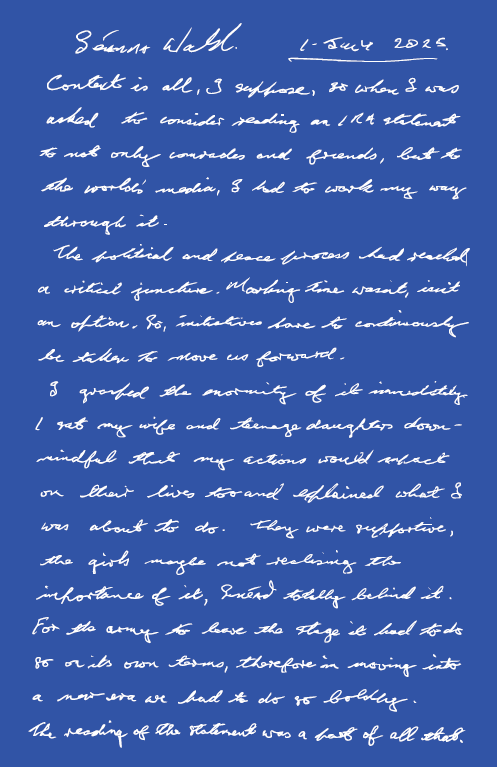 Handwritten note from Séanna Walsh. See details below for full transcript.
Handwritten note from Séanna Walsh. See details below for full transcript.
Text transcript
Signature: Séanna Walsh
1 July 2025.
Context is all, I suppose, so when I was asked to consider reading an IRA statement to not only comrades and friends, but to the world's media, I had to work my way through it.
The political and peace process had reached a critical juncture. Marking time wasn't, isn't an option. So, initiatives have to continuously be taken to move us forward.
I grasped the enormity of it immediately. I sat my wife and teenage daughters down - mindful that my actions would impact on their lives too and explained what I was about to do. They were supportive, the girls maybe not realising the importance of it, Sinéad totally behind it.
For the army to leave the stage it had to do so on its own terms, therefore in moving into a new era we had to do so boldly.
The reading of the statement was a part of all that.
 Handwritten note from Jackie McDonald. See details below for full transcript.
Handwritten note from Jackie McDonald. See details below for full transcript.
Text transcript
A few of us arrived in a truck with the weapons, ammunition and explosives at Ballykinler Army Camp on a cold, snowy morning. General John and his colleagues were eagerly waiting to destroy the weapons, count the ammunition before detonating the explosives. The general invited me to help use the electric saw to cut up a few machine guns, which I did with mixed feelings, but the time was right for them to be destroyed. General John asked me if these were all of the UDA / UFF weapons and I told him they were all of the weapons and explosives that we had access to. All weapons and ammunition logged and recorded we retired to the bunker to watch and listen to the detonating of the explosives.
20–6-25
Signature: Jackie McDonald
Download the archive (PDF, 37MB)
.jpg)
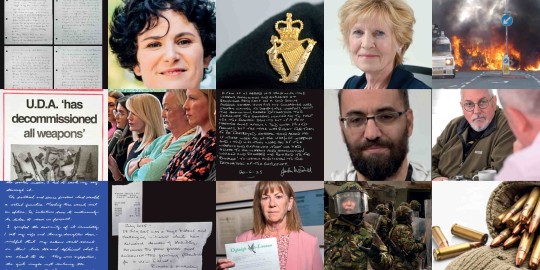
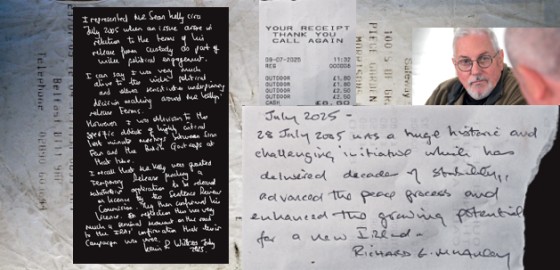
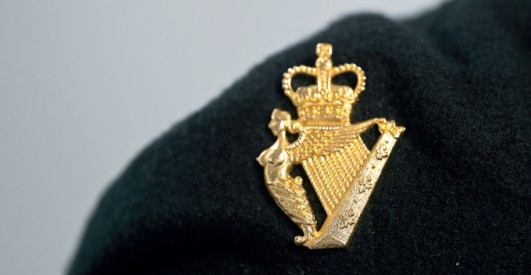
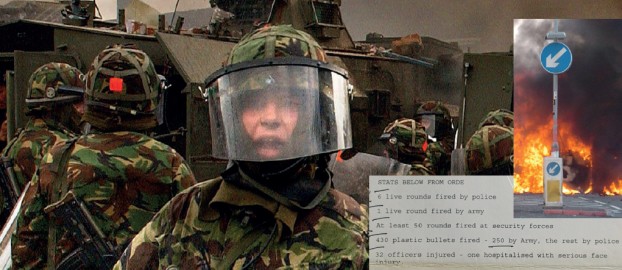


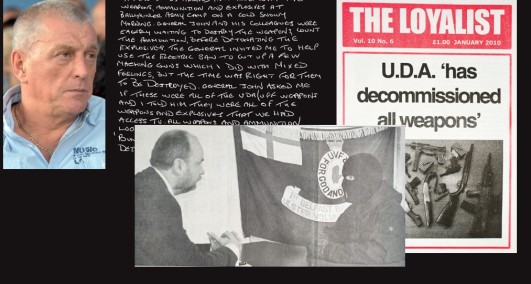
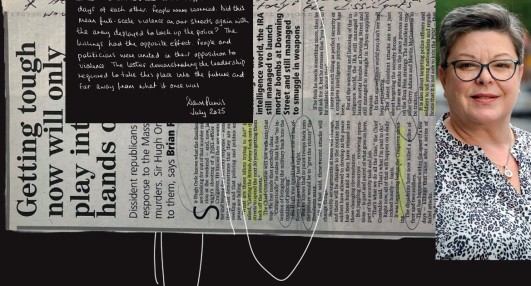
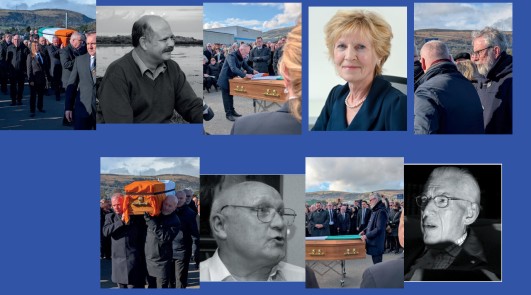


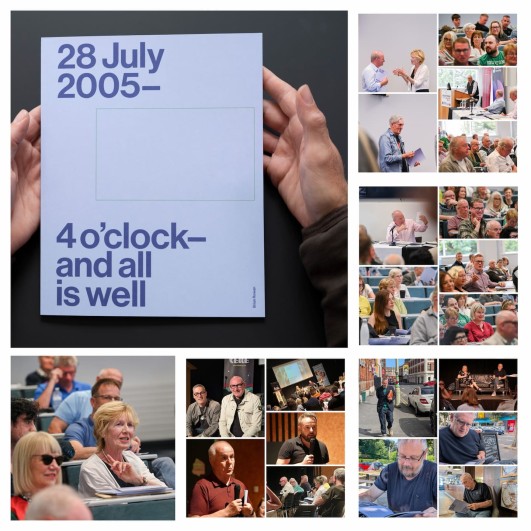

Rate and Review
Rate this article
Review this article
Log into OpenLearn to leave reviews and join in the conversation.
Article reviews